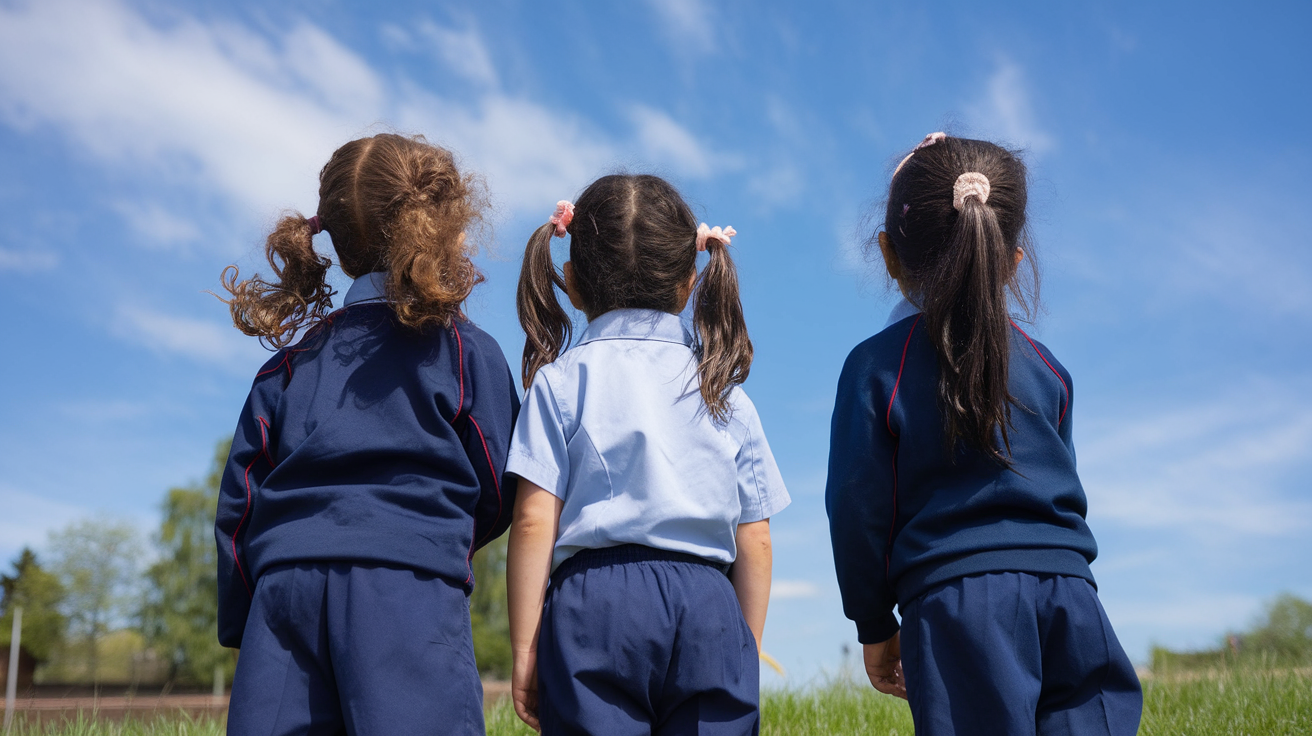Weather is one of the first things kids notice: bright sunshine, rainy puddles, and windy days.
I’ve watched how quickly they react to what’s happening outside. You’ve probably seen it too. It’s part of their world before they ever learn the word “weather.”
That’s why I pulled together these weather activities for kindergarten. They help kids make sense of what they see outside through play, crafts, and movement inside the classroom.
Each one is simple to prep, fun to do, and built for curious little hands. You’ll find real learning packed into every activity, without it ever feeling like a lesson. So, let’s get started
Importance Of Weather Activities in Early Learning
Teaching weather through fun activities helps young children build thinking skills they’ll use for years.
Instead of just hearing about rain or wind, kids get to see, feel, and talk about it. This makes learning more real and helps them understand the world around them.
These activities also support skills such as asking questions, making predictions, and noticing changes. At the same time, they develop early math, reading, and problem-solving skills, all while kids have fun with simple, safe materials.
It also encourages teamwork during group tasks and builds stronger communication through daily weather talk.
30 Weather Activities for Kindergarten
1. Cloud in a Jar
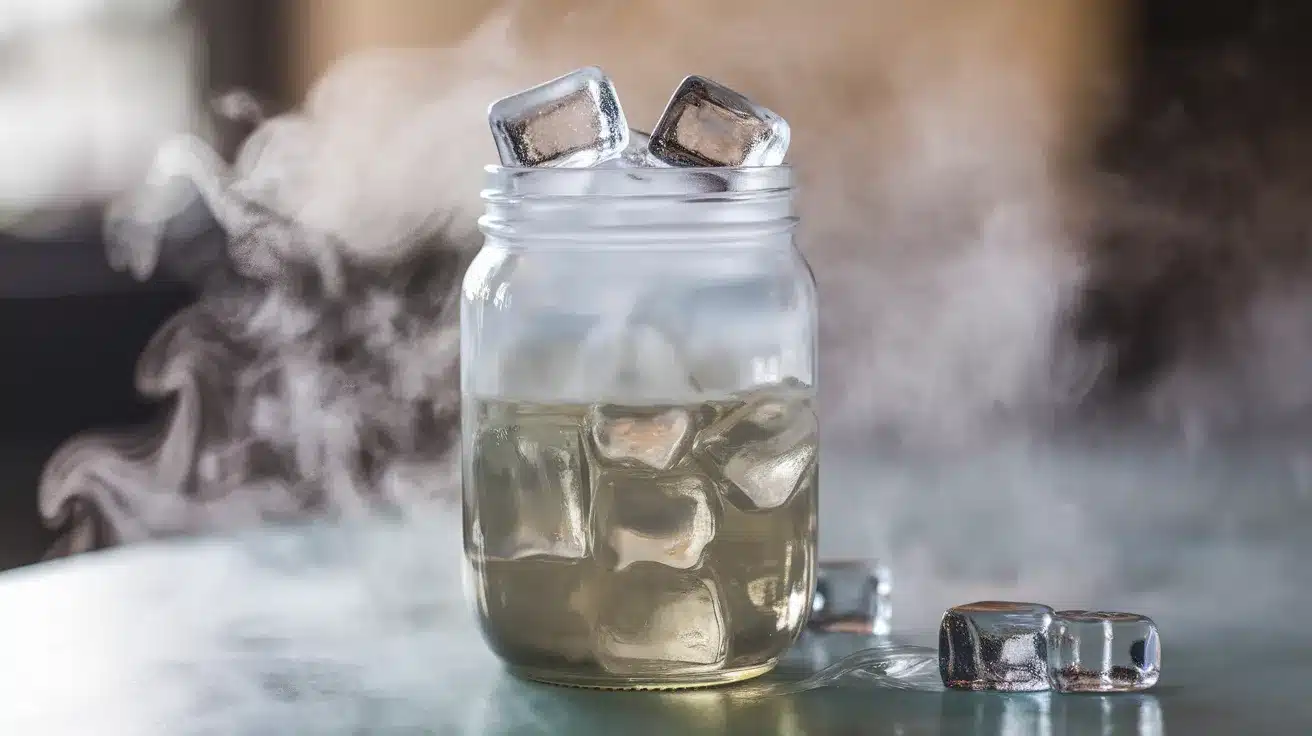
Pour hot water in a jar, then add hairspray and ice on top. Watch fog appear and talk about cloud formation.
This activity shows how warm air rises and meets cooler air above. It’s a safe way to model real clouds.
2. Rainbow in a Glass

Layer sugar water with different colors from top to bottom. Kids will learn how rainbows form through the interaction of light and layers.
Each layer stays in place if done carefully, showing how things can stack without mixing. It’s a great mix of color and science.
3. Rain in a Cup

Add shaving cream to water in a clear glass. Drop colored water on top and watch it “rain” through the foam.
Kids can see how clouds hold water until they become too full. It’s a simple way to show what leads to rain.
4. Make a Sundial
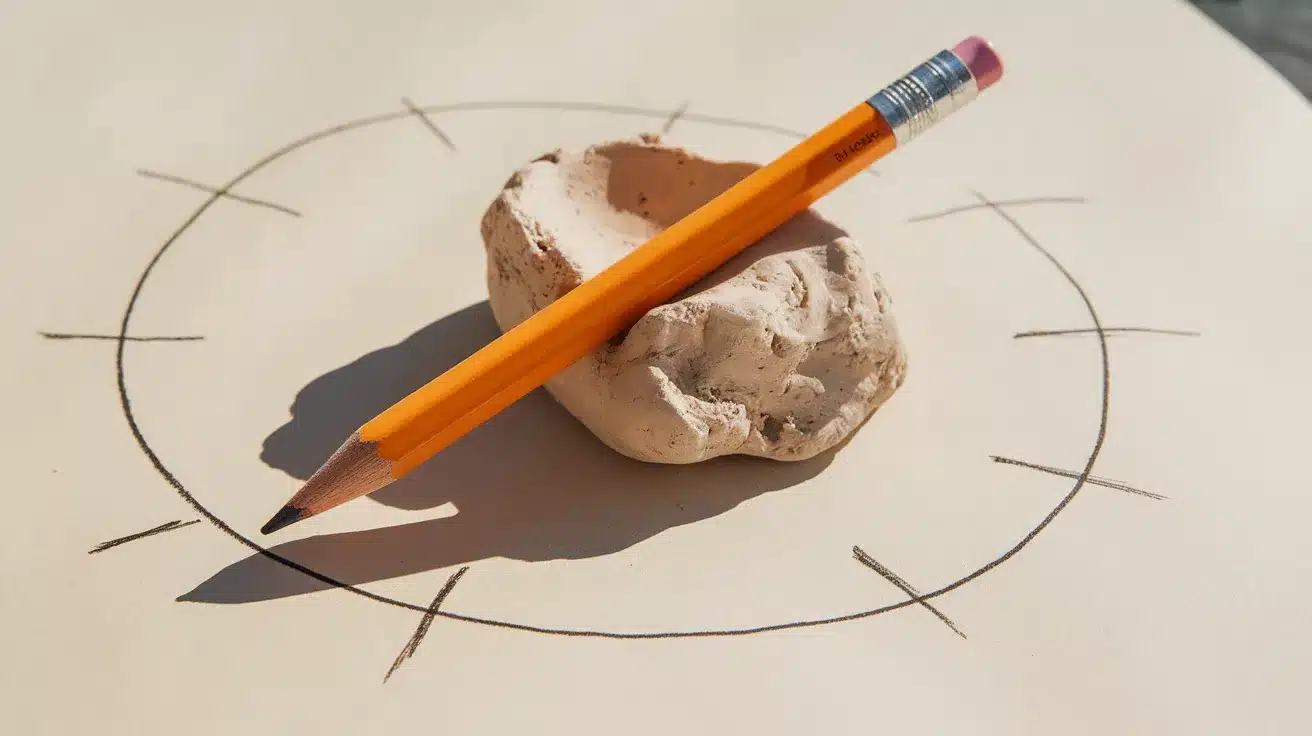
Stick a pencil into a ball of clay and place it in the sun. Mark the shadow every hour to learn how time moves.
This helps kids see how the sun changes position throughout the day. You can track time without using a clock.
5. Weather Chart

Print icons for sun, clouds, and rain. Let kids pick one each morning and stick it on a daily chart. This builds routine and observation habits early on. It also encourages group discussion and morning check-ins.
6. Weather Journal

Give each child a journal to draw the sky each day. They can label it with a word like “cloudy” or “sunny.” It’s a quiet way to build writing and drawing skills. You’ll also help kids notice changes over time.
7. Playdough Weather Mats
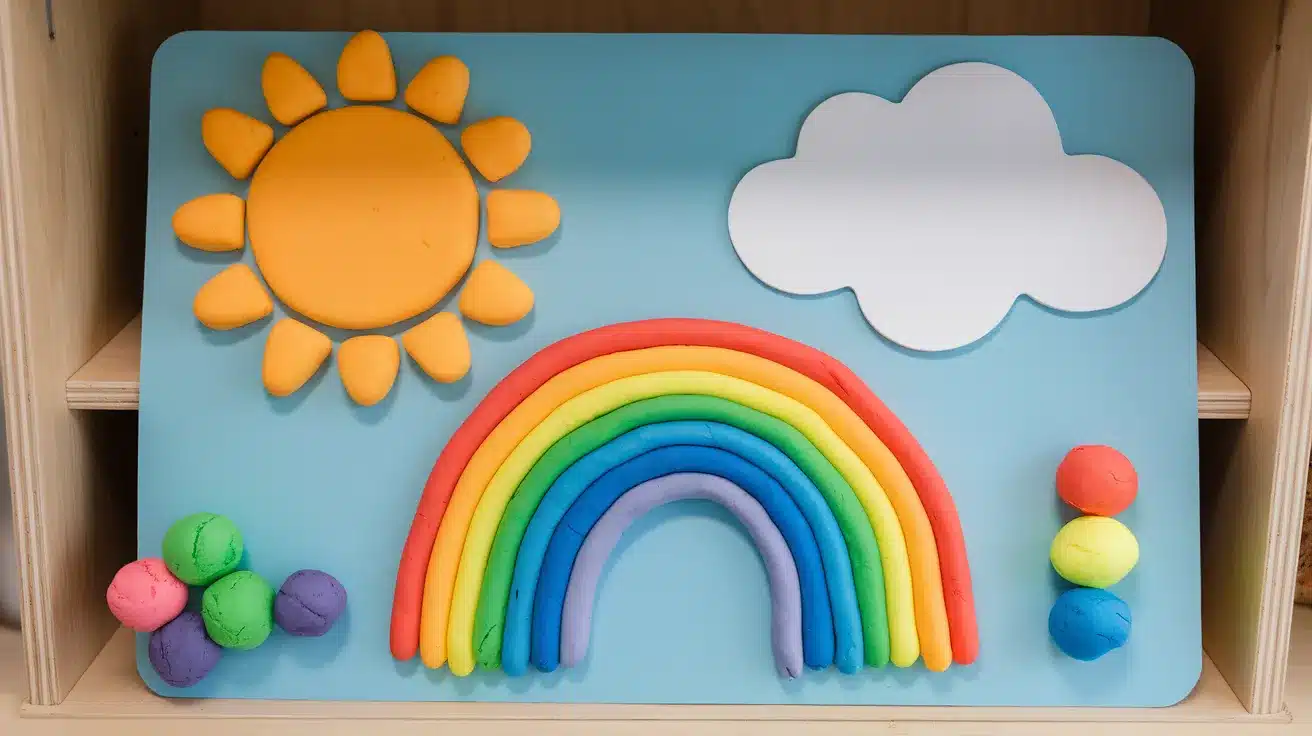
Provide mats with weather symbols like rain or sun. Kids use playdough to build the symbols on each mat. This strengthens hand muscles and fine motor skills. It also helps kids match words with images.
8. Cotton Ball Cloud Craft
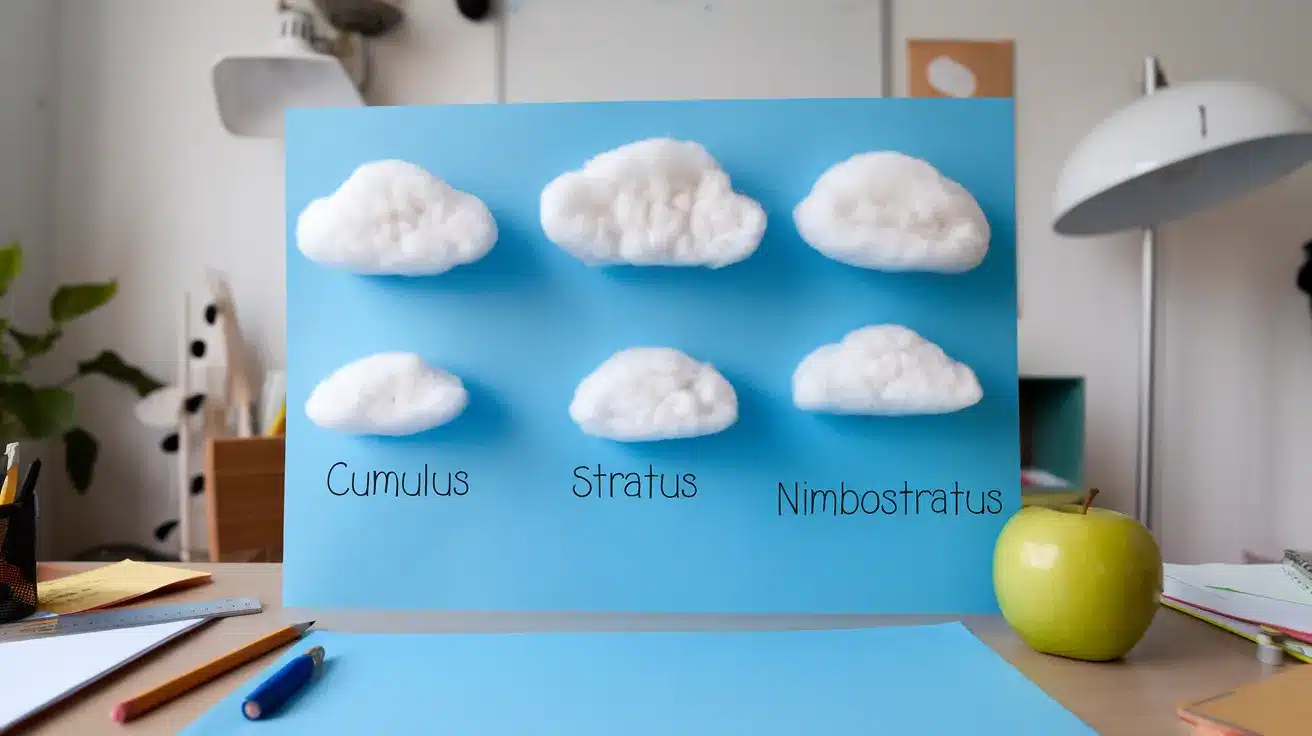
Glue cotton balls to a sheet labeled with cloud types. Talk about shapes like flat stratus and fluffy cumulus.
It’s a gentle way to show that not all clouds are the same. This also brings texture and art into science.
9. Ice Melting Race
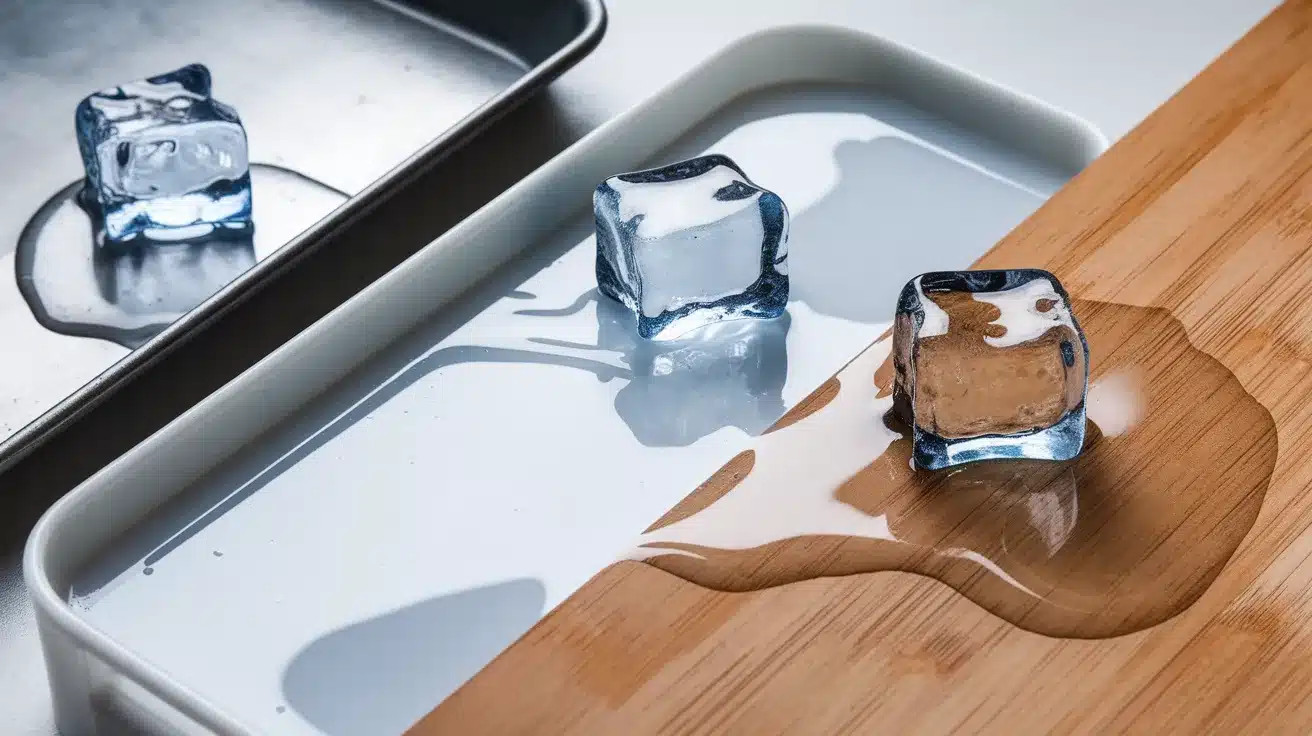
Place ice cubes on different trays, such as metal and plastic. Kids guess which melts first and check the results. This activity encourages kids to think about heat and surfaces. It’s also a fun guessing game that sparks discussion.
10. Balloon Lightning
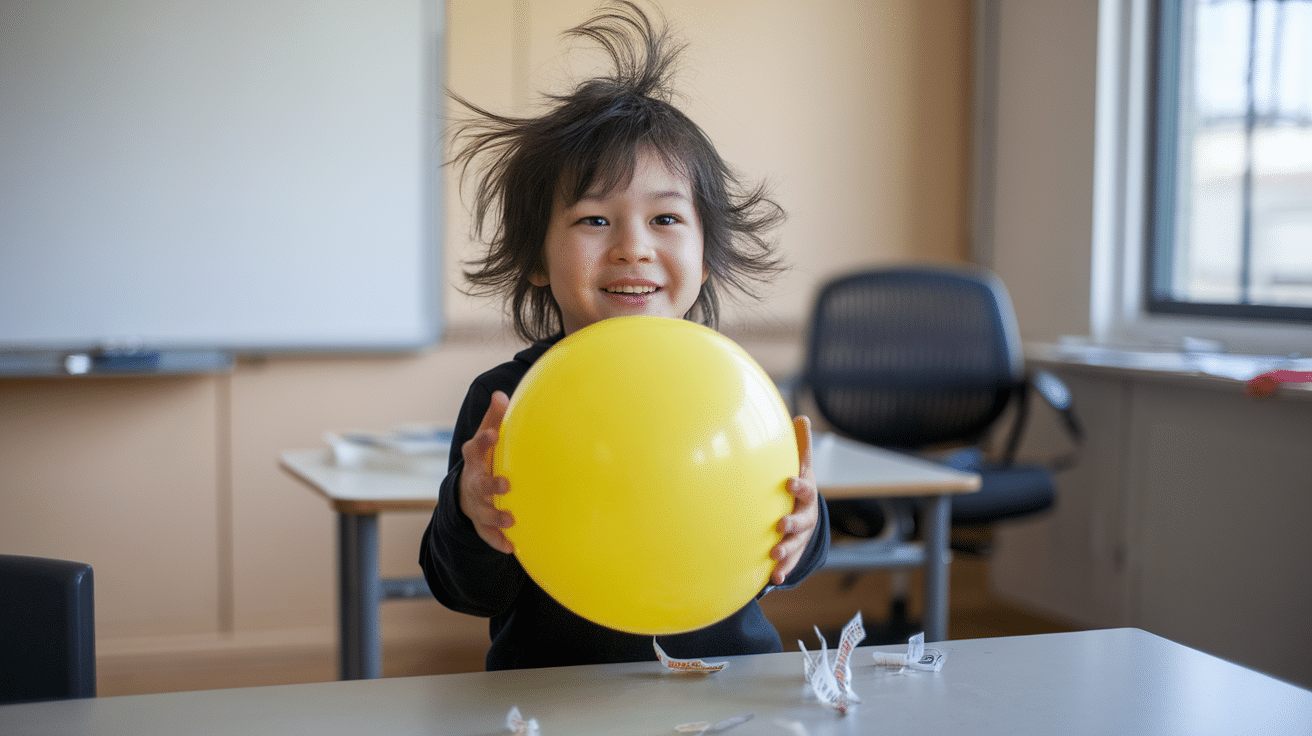
Rub a balloon on your head to generate static electricity. Stick it to the wall or move it near paper pieces to see the attraction. It’s a great way to introduce basic electricity ideas. Kids get a kick out of making things move without touching them.
11. Cloud Watching
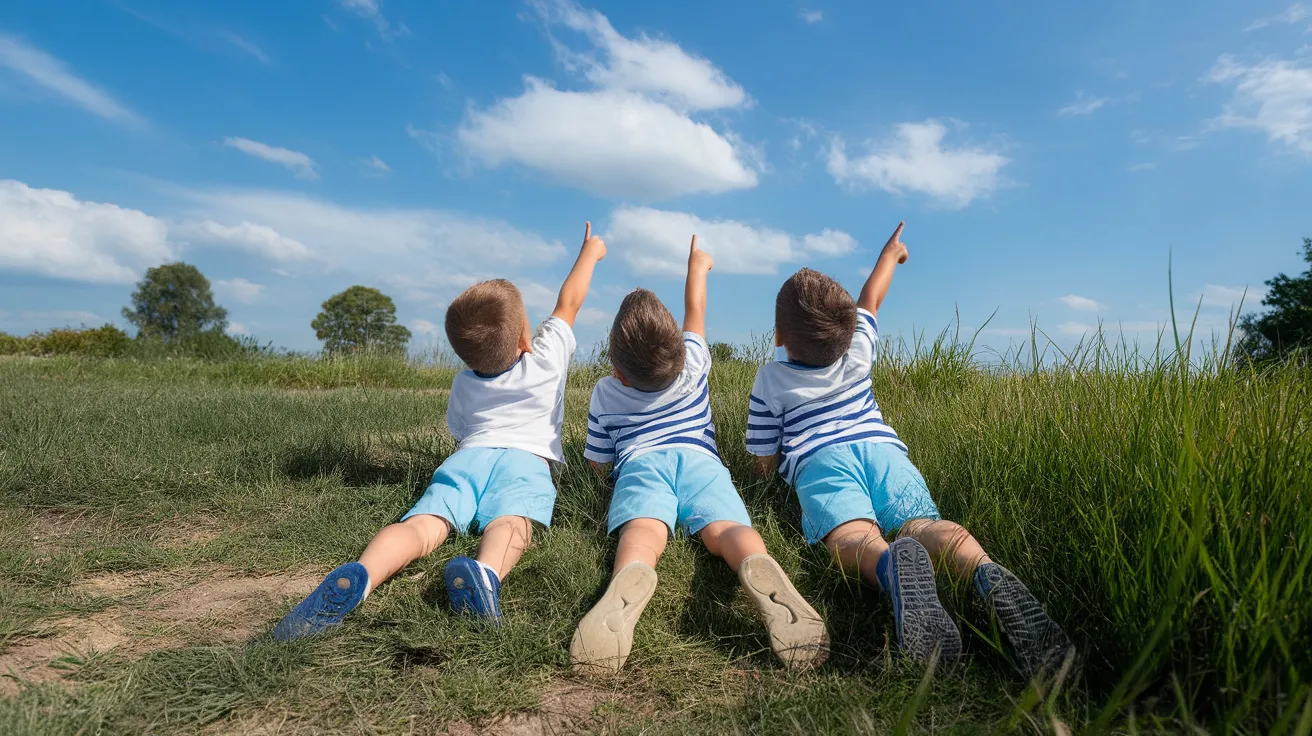
Lie on the ground and look at the sky together. Let kids point out shapes and talk about what the clouds look like. This builds imagination while also tying into weather talk. It’s calm, reflective, and easy to fit into any day.
12. Mini Greenhouse
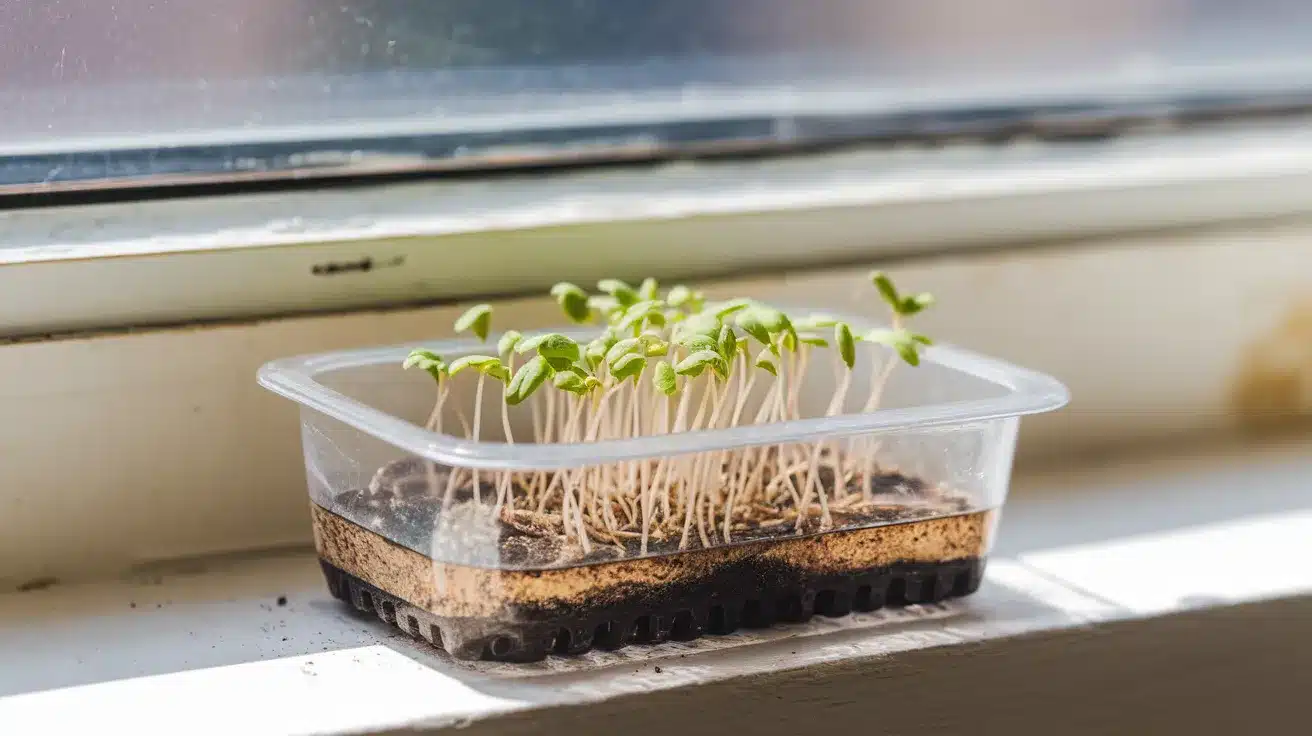
Plant seeds in a clear container or bag. Watch them grow while learning how the weather helps plants. You can tie this into lessons about the sun, water, and warmth. It also builds patience as kids watch slow changes.
13. Freeze and Thaw
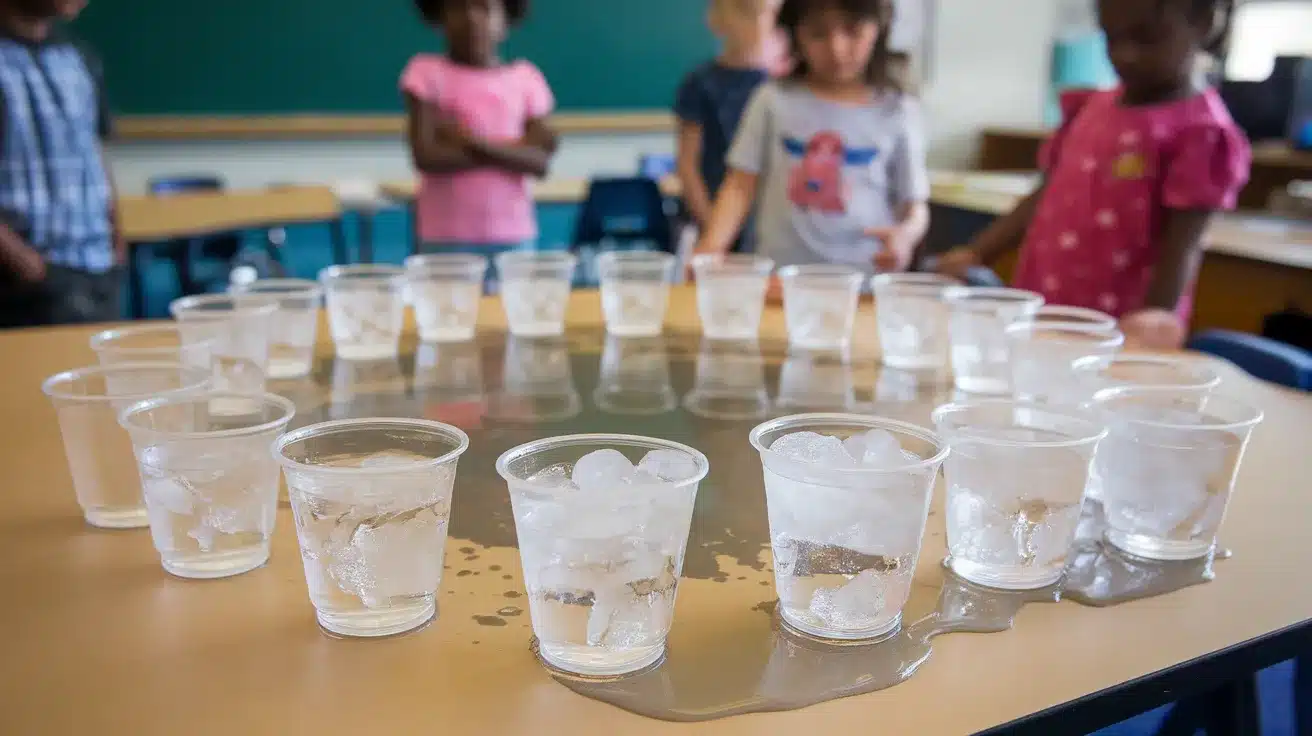
Freeze small cups of water and leave them in the classroom for use. Let kids touch and observe how they melt throughout the day. This shows how temperature affects solid things. It also encourages kids to notice changes during the school day.
14. Ice Excavation

Freeze small plastic weather toys in water. Kids use warm water or droppers to melt and “rescue” the toys. It adds a bit of mystery to science time. Plus, it’s a fine motor activity that helps build hand control.
15. Weather Puppets
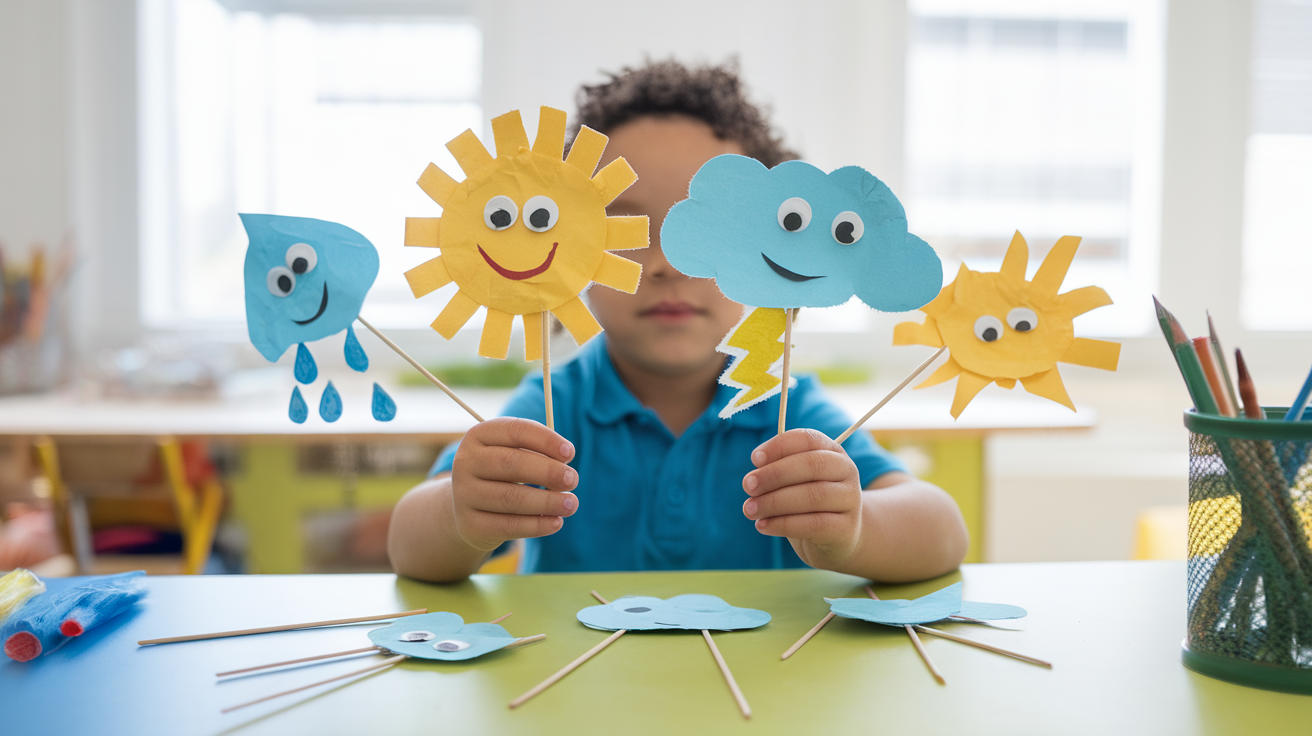
Create simple puppets of the sun, clouds, and raindrops. Use them to act out weather scenes or morning talks. Puppets give quiet kids a way to express ideas. They also turn review time into something interactive.
16. Frozen Hail Balls

Freeze small drops of water in trays. Let kids touch them and learn how hail forms in storms. This provides a safe way to demonstrate the effects of cold weather. You can use them in pretend weather roleplay, too.
17. Snow Dough
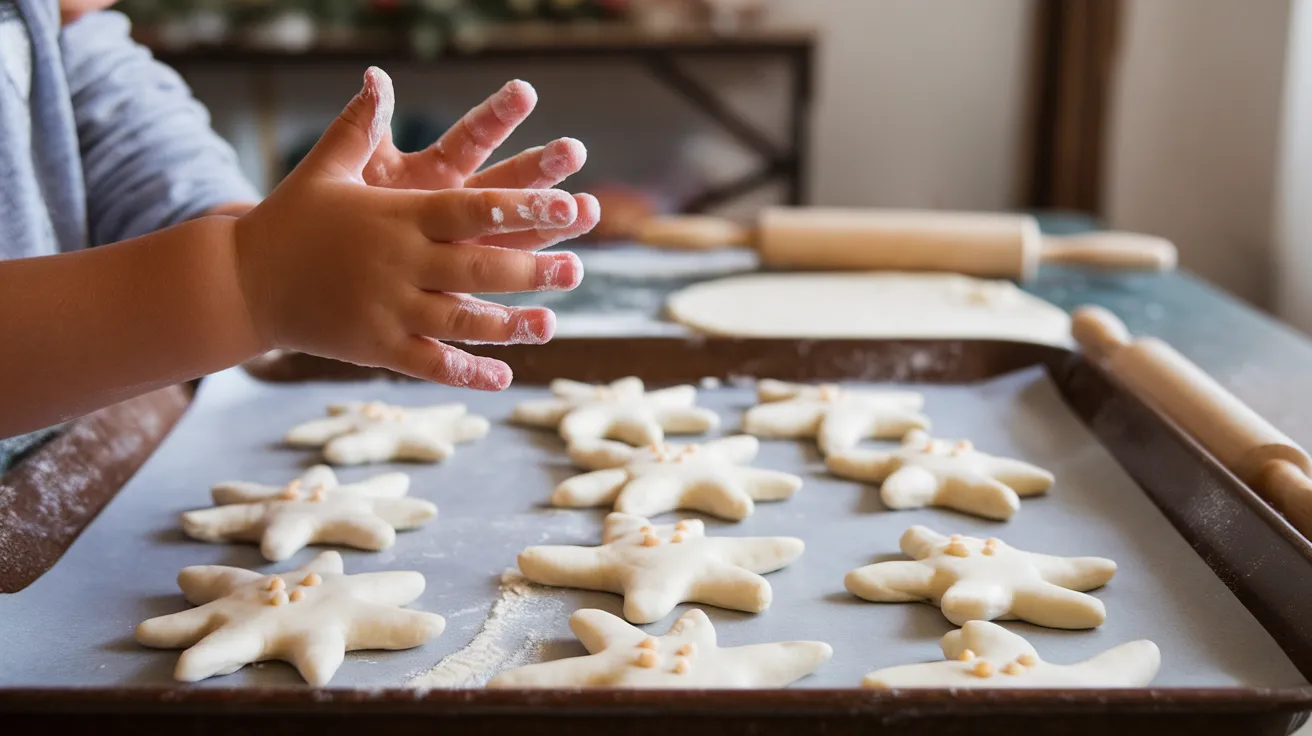
Mix cornstarch and lotion to make moldable snow. Kids can squish, roll, and play with their pretend winter weather. This activity is soft and calming for busy hands. It also opens the door for indoor snow play year-round.
18. Weather Memory Game

Print matching cards with weather images. Turn them over and let kids find pairs to boost recall and vocabulary. It builds visual memory and attention to detail. You can add new cards as kids learn new weather terms.
19. Watch a Weather Report

Show a kid-friendly forecast on video or TV. Talk about the symbols and what the weather reporter says. It connects classroom talk to real-world weather. Kids also pick up new weather words without worksheets.
20. Sorting Sky Pictures
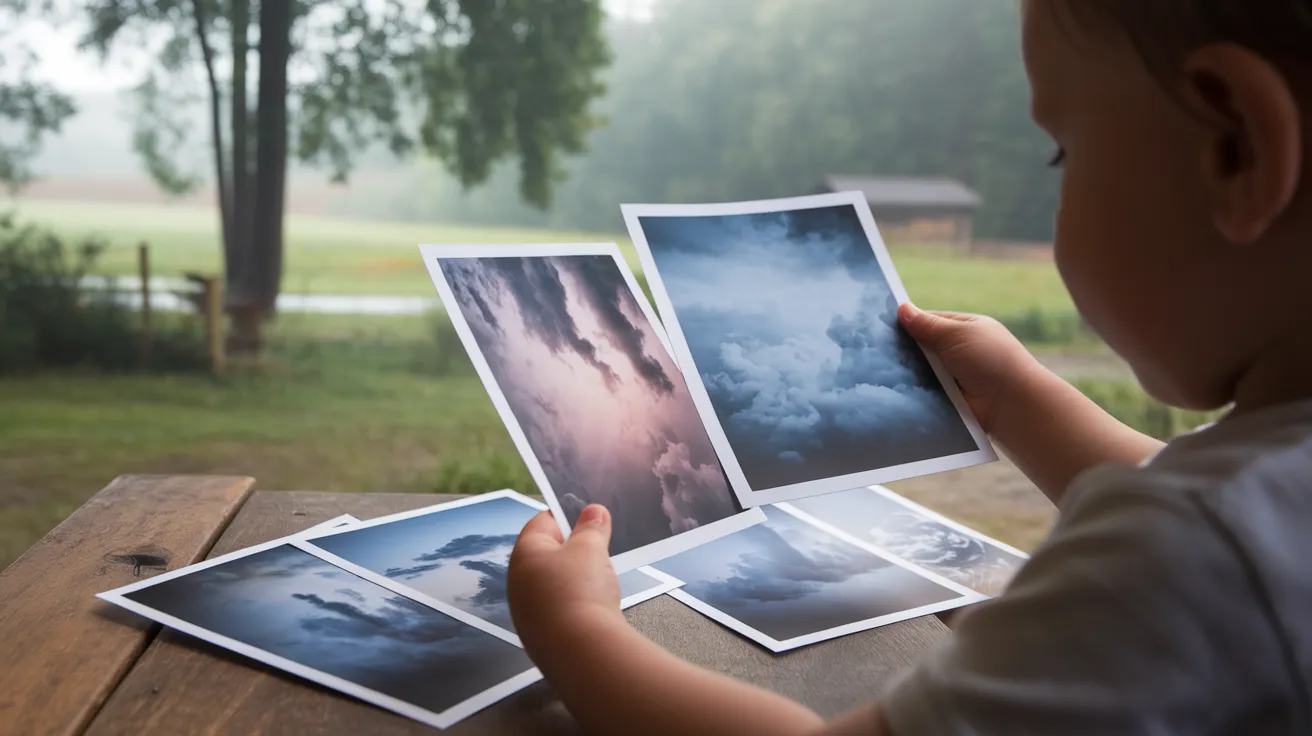
Print out photos of cloudy, sunny, and rainy skies. Kids sort them into groups and explain their choices. It’s a great way to develop critical thinking skills. Sorting also helps build classification and language skills.
21. Window Weather Watch
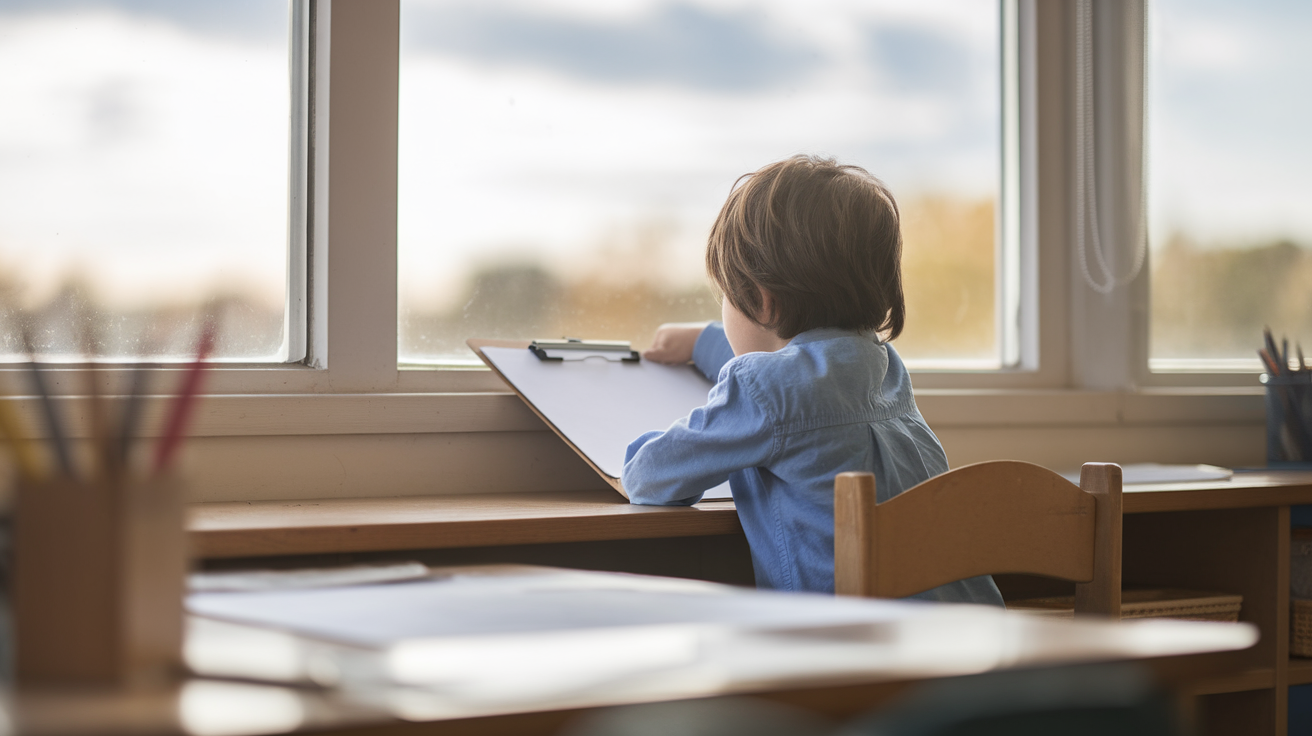
Set up a small chair by the classroom window. Give the child a clipboard or paper to draw what they see outside—sun, clouds, or rain. This quiet activity builds focus and observation skills. It’s great for solo time or calming transitions.
22. Weather Dress-Up
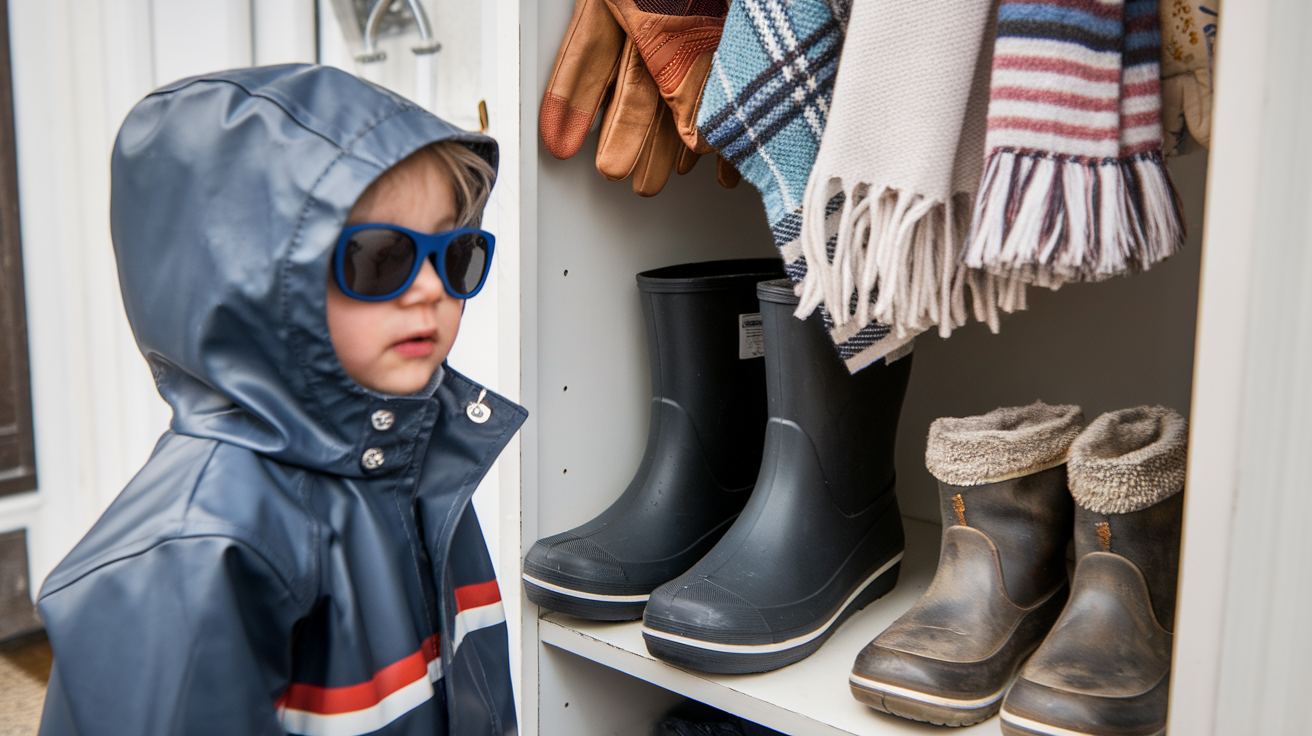
Set out clothes like rain boots and sunglasses. Let kids dress for pretend weather situations and explain their choices. This helps with decision-making and planning skills. It’s also great for pretend play and role play.
23. Weather Word Wall
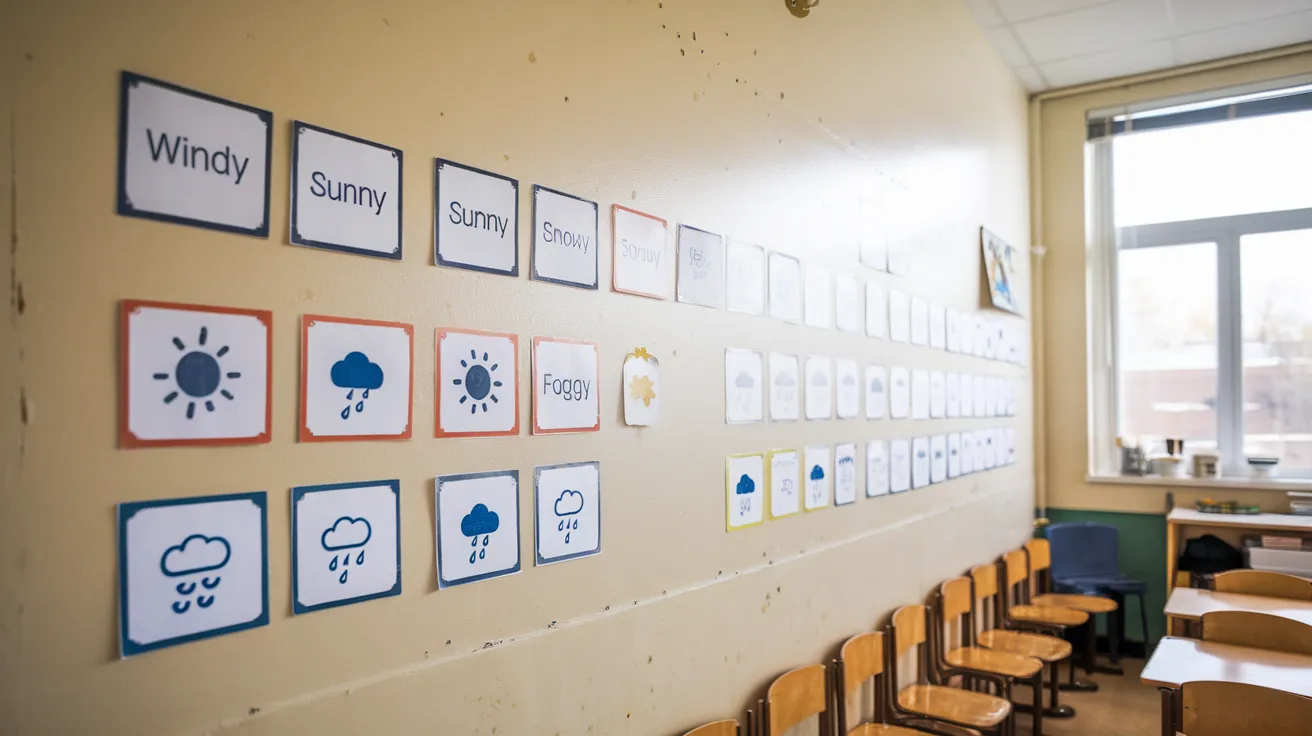
Add a new weather word to a classroom wall each day. Include a picture and use it in a daily sentence. The more kids see the words, the faster they learn them. It’s helpful for both early readers and English learners.
24. Thunderstorm Sound Jar
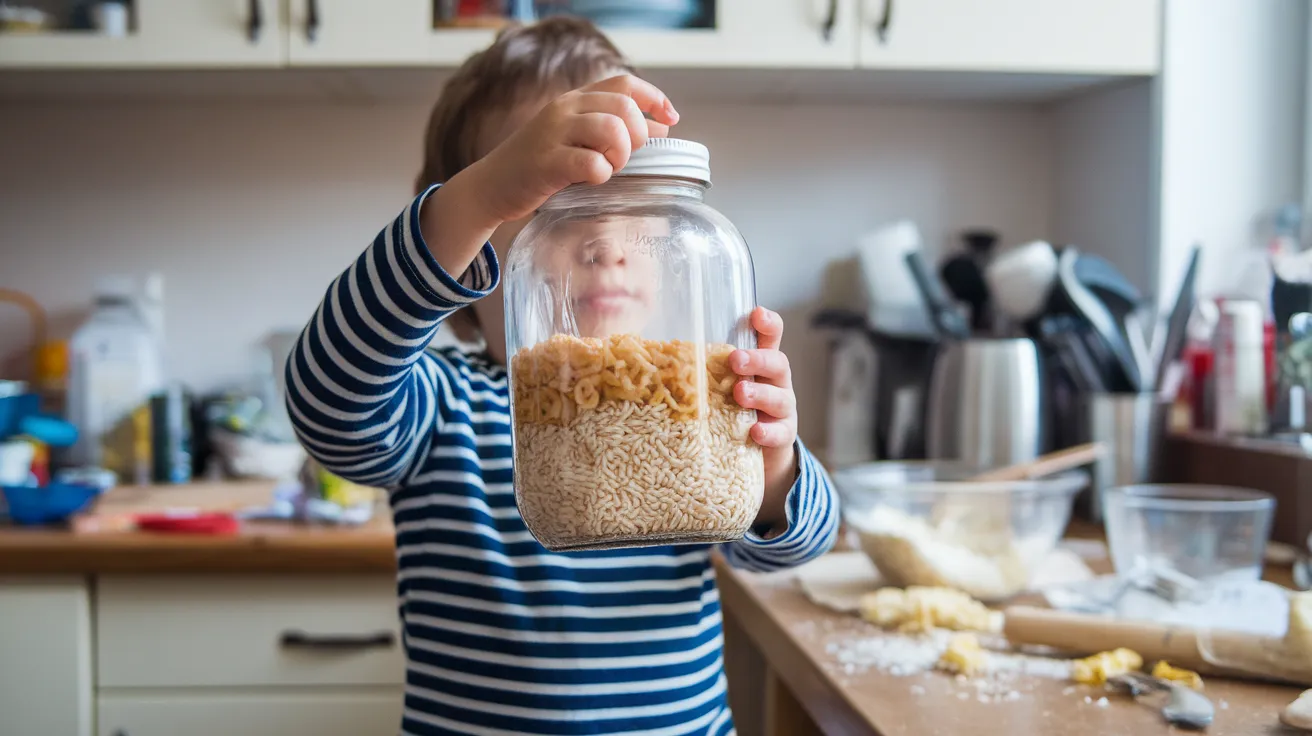
Fill a jar with rice, pasta, or beans. Let kids shake it to copy rain or thunder sounds. It brings sound into science time and helps with rhythm. You can even use it during weather songs or books.
25. Weather Comic Strip

Give each child a strip of paper divided into boxes. Let them draw a short story showing different types of weather. This brings together drawing, storytelling, and weather themes. It also supports sequencing and recall.
26. Puffy Paint Clouds

Mix glue and shaving cream to make puffy paint. Let kids paint clouds on blue paper and feel the soft texture. Kids love the squishy feel while creating fluffy shapes. It’s a mix of art and basic cloud science.
27. Umbrella Craft
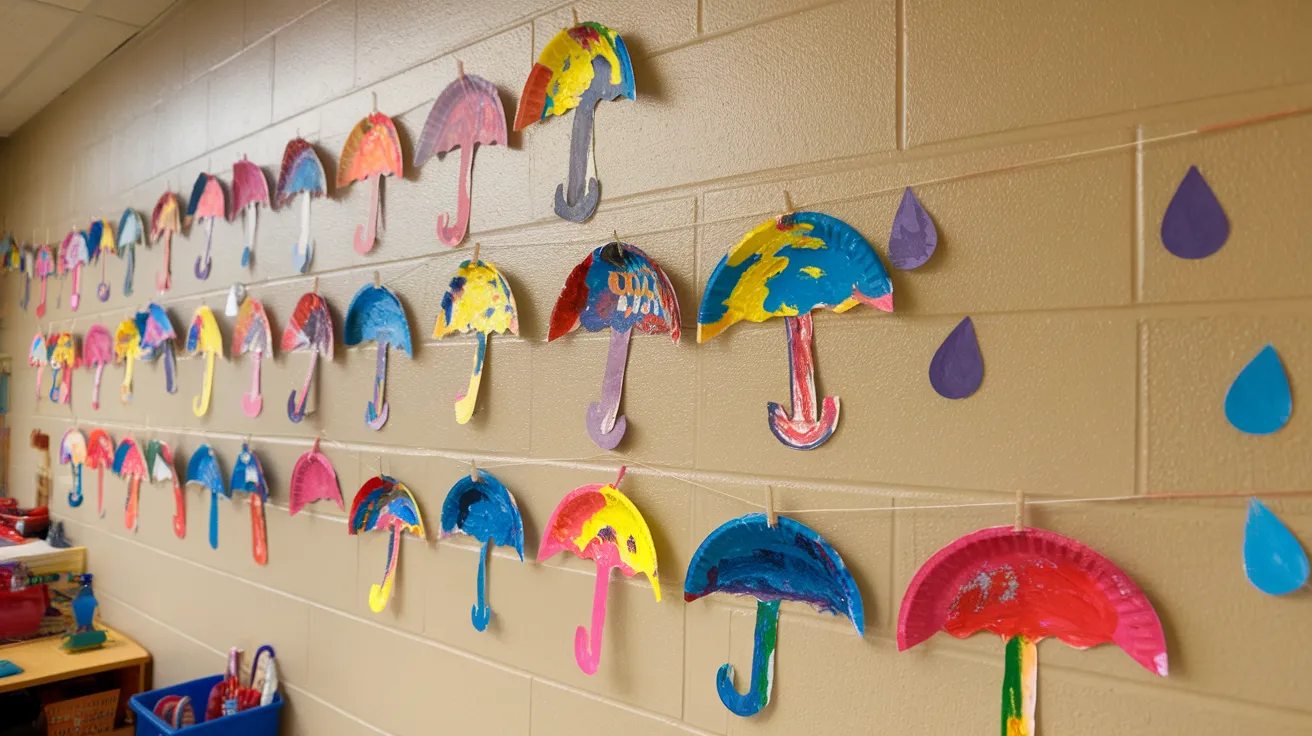
Use paper plates to make umbrella tops and add paper strips for handles. Decorate with raindrops. This adds a craft project to your weather week. Hang them up for a fun indoor “rainy day” scene.
28. Weather Sorting Bin
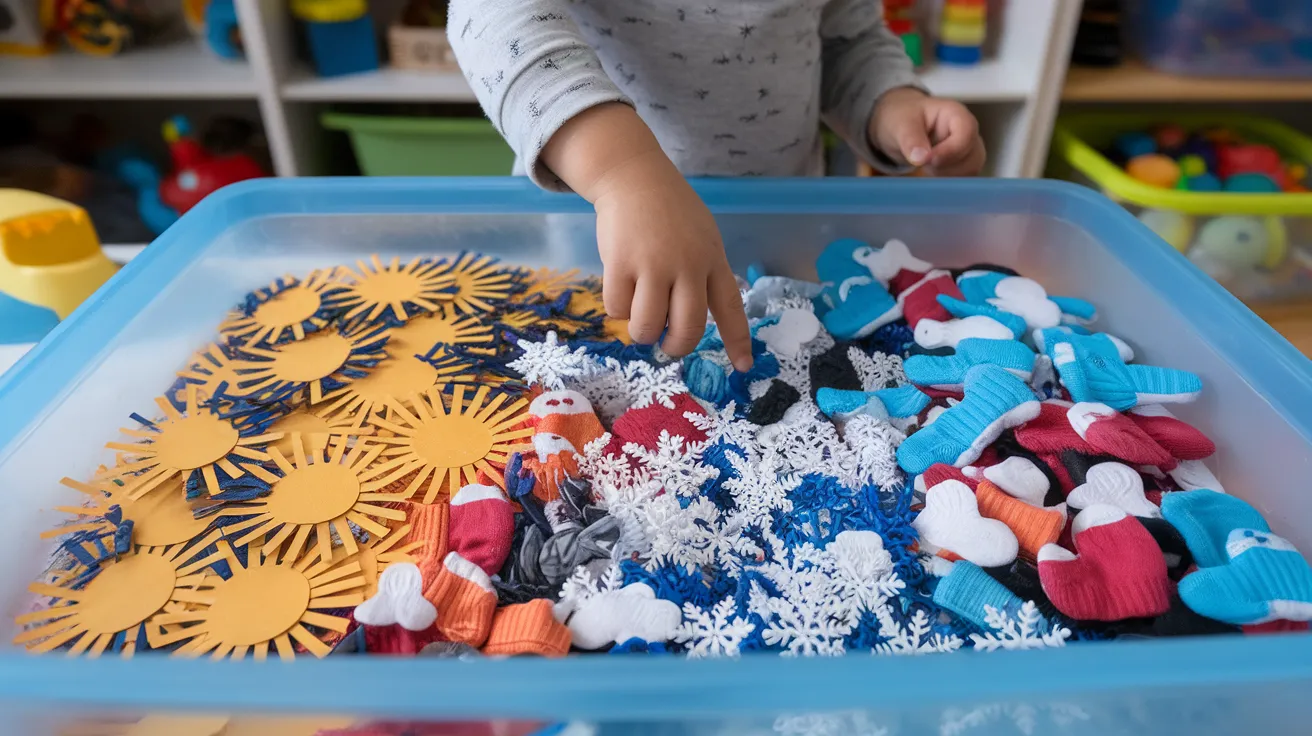
Fill a bin with small items like tiny suns, mittens, leaves, and snowflakes. Kids sort them into piles for different types of weather. It builds sorting and grouping skills through touch. You can change the items as the seasons shift.
29. Paper Plate Sun
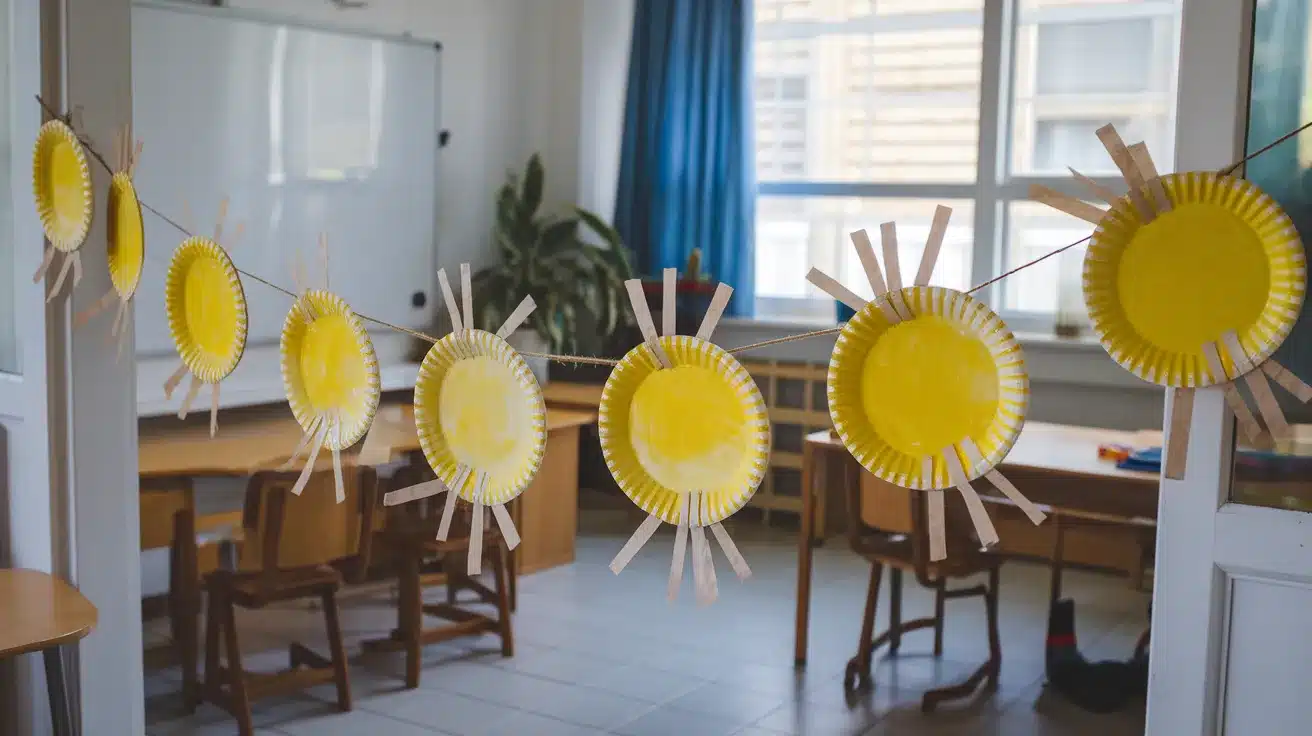
Paint a paper plate yellow and glue on strips for rays. Kids can hang them to brighten the classroom. This is an easy craft for welcoming spring or summer. Kids feel proud when they see their sun on display.
30. Windy Day Ribbons

Attach ribbons to a craft stick or straw. Let kids run outside and watch how the wind makes the ribbons dance. It’s a joyful way to feel the wind in motion. Great for outdoor breaks or movement-based learning.
How to Choose the Right Weather Activity
Start with your learning goal. Are you teaching about rain, wind, or how to dress for the weather? Select activities that align with your topic and fit within the time you have available.
For quick lessons, try simple tasks like charting the daily weather or using playdough mats. For longer sessions, consider using crafts or science jars that allow kids to learn and ask questions.
Make sure the steps are easy to follow and the materials are safe to handle. Always choose activities that invite movement, talking, and teamwork.
Look for chances to repeat ideas in different ways throughout the week. This will make kids learn faster.
Conclusion
I’ve seen how much kids love learning when it feels like play. These weather activities for kindergarten do just that. They’re more than fun tasks; they turn simple moments into real learning.
As you plan your week or revisit a weather theme, this list will help you keep things hands-on, fresh, and easy to connect to daily life. With the right setup, even small projects can spark big curiosity and build confidence.
Looking for more ready-to-go ideas? Take a look at my other early learning guides on the website. They’re full of simple activities that really work.

